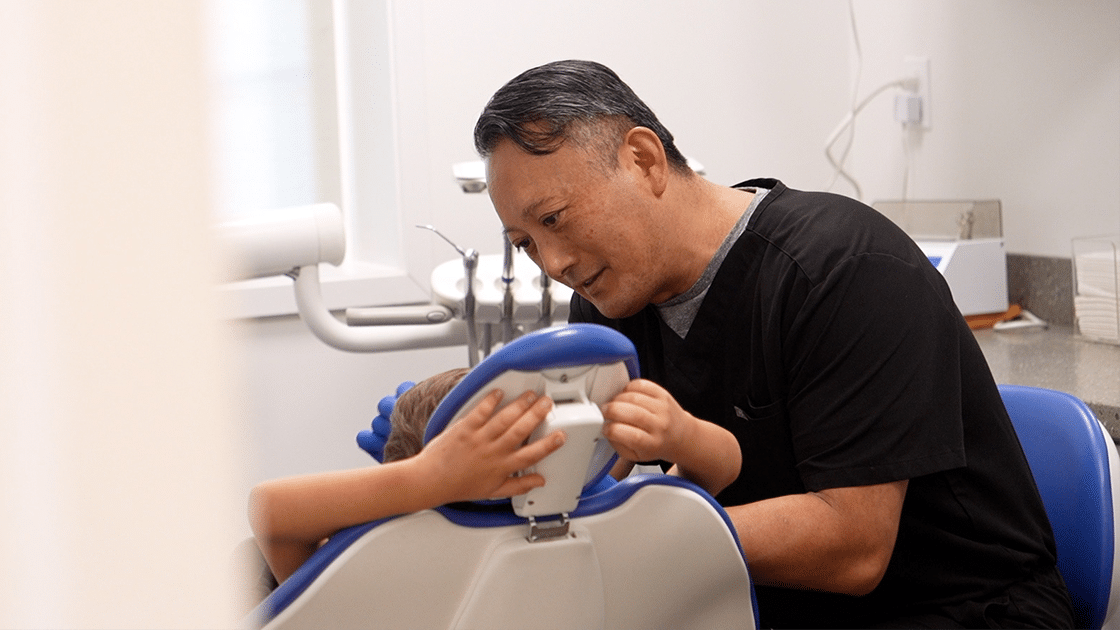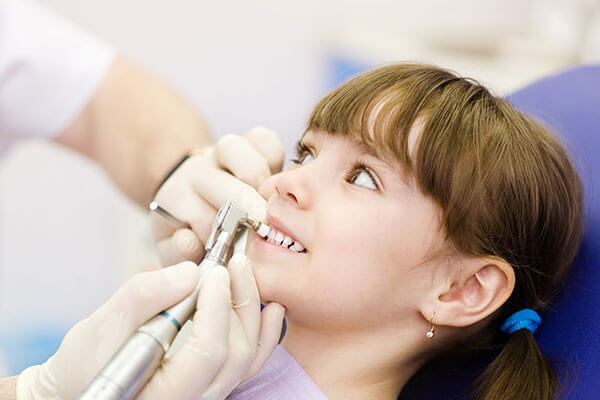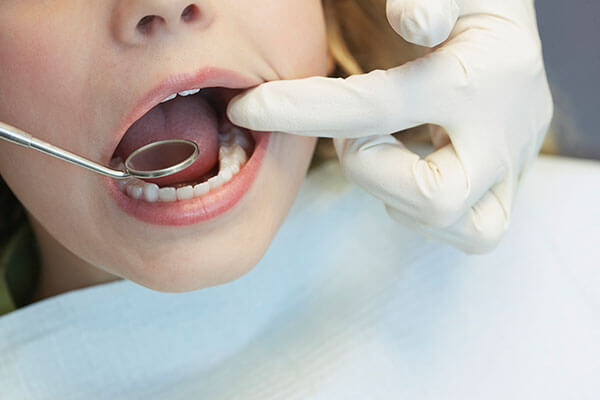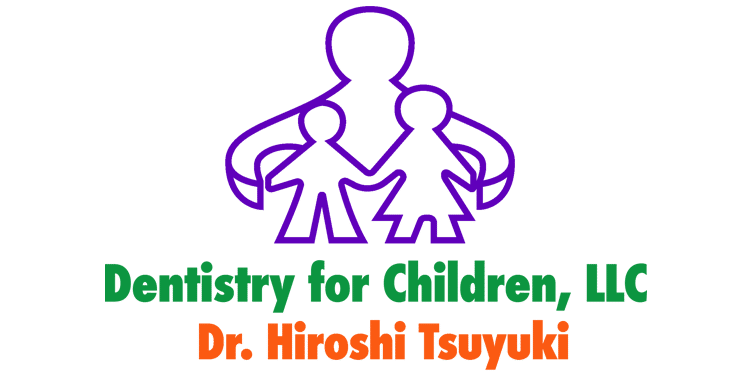Preventive and Diagnostic Services

Early Dental Care & Preventing Decay
Both primary and permanent teeth can develop decay if not kept clean and healthy. When teeth are exposed to liquids and foods that contain sugar, tooth decay can occur and cause damage or lead to infection.
For Infants and Young Children
- Before the first tooth erupts, begin early dental care by gently wiping your child’s gums with a wet cloth after every feeding.
- Do not allow your child to fall asleep with a bottle containing anything other than water. Milk, formula, and juice can remain on the teeth and in the mouth and cause tooth decay.
- At about 6 months, switch your young child from a bottle to a sippy cup (with a straw or hard spout) to help prevent liquid from pooling around your child's teeth.
- If your child needs a pacifier between feedings or at bedtime, give them a clean pacifier. Do not give your child a pacifier dipped in honey or sugar.
- Once your child has a tooth (or teeth), begin gently brushing with a “SMEAR” of fluoridated toothpaste no larger than a grain of rice.
- From age 2 to 3, or when your child is able to spit out toothpaste, we recommend using a “PEA” sized amount of fluoridated toothpaste during brushing. Make sure that your child is spitting out the toothpaste and rinsing with water afterward.
For Older Children
- Eat a well-balanced diet and avoid foods and drinks that have high sugar content.
- Avoid sticky candy, gummy vitamins, and fruit chews that can linger in the grooves of the teeth.
- Until your child can effectively clean their own teeth, parents should help with brushing. Check to ensure that no toothpaste is swallowed and that they rinse their mouth following brushing.
- When helping your child brush their teeth, teach your child to spend 30 seconds in each quadrant, making sure to brush the front, back, top, and sides of each tooth.
Every child’s development is different, so please share any questions you may have with our experienced team.
Comprehensive Oral Evaluation
An oral evaluation is recommended every six (6) months to prevent cavities and other dental problems. During an oral evaluation, a thorough examination of the mouth, head, and neck is performed to detect abnormalities.

Dental Cleanings (Prophylaxis)
Regular cleanings help keep gums healthy and teeth cavity free. A dental cleaning includes the removal of tartar and plaque and polishing of the teeth to remove stains and prevent further buildup of plaque.
Prophy-jet Polisher
Traditionally, teeth are polished using a rotating rubber cup and an abrasive paste. Prophy-jet polishing, however, uses an air polishing system with a combination of pressurized water and baking soda to remove more stubborn stains.
Fluoride Treatment
Fluoride is a natural substance that helps strengthen teeth and prevent decay. Fluoride treatments are administered at our office as an important component of pediatric dental treatment. The fluoride is applied to the teeth in a gel, rinse, foam, or varnish form.
Digital Radiographs
Dental X-rays are a valuable diagnostic tool used to identify decay, extra teeth, bone defects, tumors, cysts and check the progress of previous procedures. Advances in technology now allow for digital x-rays to reduce radiation exposure by more than 50 percent and produce instant, high-quality images. The improved diagnostic capability of digital x-rays and the ability to view on a computer screen allow the patient to better understand and follow treatment.
Oral Hygiene Instructions
During a regular check-up, oral hygiene instructions are given to both patient and parent. Good home care can reduce the risk of plaque and tartar build-up which can lead to cavities. Instructions include proper techniques for brushing, flossing, and using mouth rinses.
Dental Sealants

Dental sealants are made of a safe resin material which is applied to the surfaces of teeth (commonly permanent molars) to prevent cavities. The sealant material fills in the crevices of a tooth and “seals” off the tooth from cavity-causing agents like food and plaque. The teeth are prepared for the sealant application and the sealant is painted directly onto the chewing surface of each tooth and then hardens. Sealants are applied in one visit.
